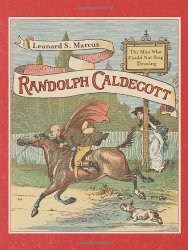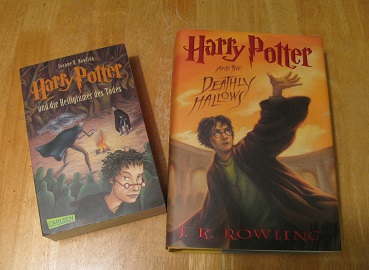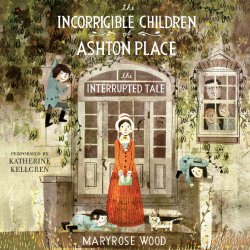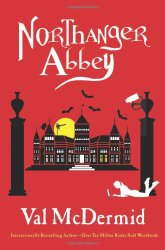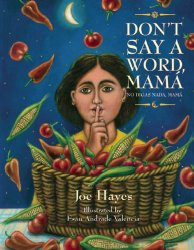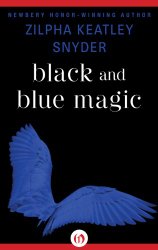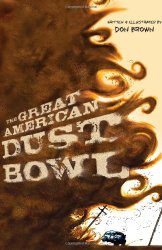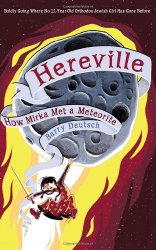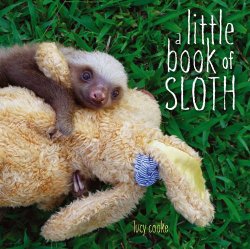Review of Randolph Caldecott: The Man Who Could Not Stop Drawing, by Leonard Marcus
The Man Who Could Not Stop Drawing
by Leonard Marcus
Frances Foster Books (Farrar Straus Giroux), 2013. 64 pages.
Starred Review
I got to hear Leonard Marcus speak about this material at the 75th Anniversary Caldecott Preconference last June in Chicago. There and in this book, he tells why Randolph Caldecott completely changed children’s books, and why his name is a fitting title for the award for the most distinguished picture book each year.
The book is filled with art work done by Caldecott and related images such as pictures of the places he lived or contemporary art work shown for contrast. Every double-page spread has at least two images, usually more. The format is large, like a picture book, but the text is detailed, like a chapter book.
The material is varied as well, with sketches interspersed with watercolors and photographs. The story told is the story of someone who started out as a bank clerk but eventually doodled his way to a distinguished career as an artist who will never be forgotten and who made books for children all the more accessible.
Find this review on Sonderbooks at: www.sonderbooks.com/Childrens_Nonfiction/Randolph_caldecott.html
Disclosure: I am an Amazon Affiliate, and will earn a small percentage if you order a book on Amazon after clicking through from my site.
Source: This review is based on a library book from Fairfax County Public Library.
Disclaimer: I am a professional librarian, but I maintain my website and blogs on my own time. The views expressed are solely my own, and in no way represent the official views of my employer or of any committee or group of which I am part.
